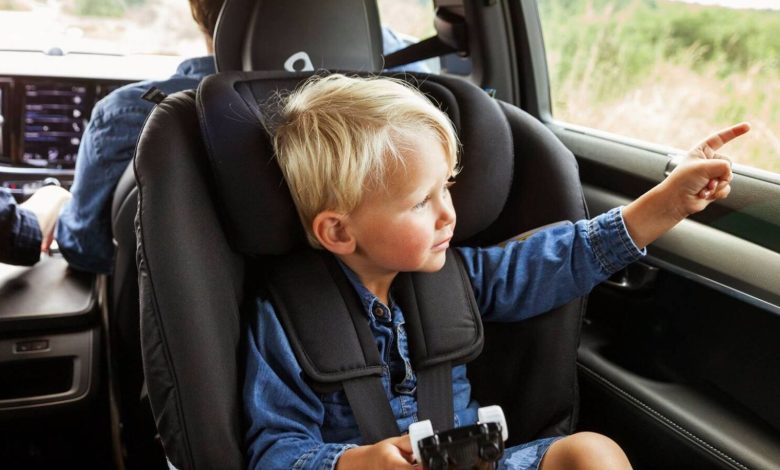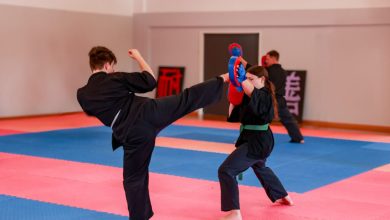Car Seats: A Guide to Keeping Your Baby Safe on the Road
Car Seats

When it comes to ensuring the safety of your baby during travel, there are indispensable. They provide crucial protection in the event of a collision and help secure your child in place, minimizing the risk of injury. Understanding the different types of car seats, how to choose the right one, and the correct installation process is vital for every parent. This guide will walk you through the essentials of car seats, helping you make informed decisions to keep your little one safe on the road.
Types of Car Seats
1. Infant Car Seats
They are rear-facing, which is the safest position for infants as it supports their fragile neck and spine. These seats often come with a removable base that stays in your car, making it easy to transfer the seat between vehicles. Most infant can be used until your baby reaches around 30-35 pounds or outgrows the seat’s height limit.
2. Convertible Car Seats
Convertible car seats offer more longevity as they can be used in both rear-facing and forward-facing positions. They start as rear-facing seats for infants and can be converted to forward-facing seats as your child grows. Convertible car seats are a cost-effective choice since they adapt as your child ages, often accommodating children up to 65 pounds or more.
3. Booster Seats
Booster seats are designed for older children who have outgrown their convertible car seats but are not yet big enough to use a regular seat belt alone. These seats help position the seat belt correctly across the child’s chest and lap. Booster seats come in two types: high-back boosters, which offer additional head and neck support, and backless boosters, which are more portable and easier to move between vehicles.
Choosing the Right Car Seat
1. Age and Size Considerations
 When selecting a car seat, it’s important to consider your child’s age, weight, and height. Newborns require an infant car seat, while toddlers and older children will need convertible or booster seats. Always check the manufacturer’s weight and height limits to ensure the seat is appropriate for your child. Additionally, be mindful of the seat’s expiration date, as car seats have a shelf life and should not be used beyond their recommended period.
When selecting a car seat, it’s important to consider your child’s age, weight, and height. Newborns require an infant car seat, while toddlers and older children will need convertible or booster seats. Always check the manufacturer’s weight and height limits to ensure the seat is appropriate for your child. Additionally, be mindful of the seat’s expiration date, as car seats have a shelf life and should not be used beyond their recommended period.
2. Safety Features
Car seat safety features vary between models, but some essential features include:
- Five-Point Harness: Provides better protection by securing the child at five points: two shoulder straps, two hip straps, and a crotch strap.
- Side-Impact Protection: Extra padding or energy-absorbing materials designed to reduce injury in side collisions.
- Adjustable Harness: Allows you to adjust the harness system as your child grows.
- Ease of Installation: Look for seats with easy installation systems like LATCH (Lower Anchors and Tethers for Children) or an intuitive belt-routing system.
Installation Tips
1. Proper Installation
Proper installation is crucial for the effectiveness of a car seat. Follow the manufacturer’s instructions carefully, and ensure the seat is securely installed with minimal movement. For rear-facing seats, the angle should be adjusted according to the seat’s guidelines to ensure your baby’s head does not flop forward. For forward-facing seats, the seat should be anchored firmly to the vehicle’s seat and positioned correctly to avoid slouching.
2. Checking for Proper Fit
Once installed, check for a proper fit by making sure the seat is tightly secured and doesn’t move more than one inch from side to side or front to back. The harness should fit snugly over your child’s shoulders and chest, with no slack. Make sure the chest clip is positioned at armpit level and that the straps are not twisted.
Common Mistakes to Avoid
1. Incorrect Harness Use
One of the most common mistakes is using the car seat harness incorrectly. Ensure that the harness straps are not too loose and that the chest clip is correctly positioned. Avoid using bulky clothing or thick blankets under the harness, as this can affect the harness’s effectiveness in an accident.
2. Misplacing the Car Seat
Another mistake is placing the car seat in the wrong position in the vehicle. Car seats should be installed in the back seat, preferably in the middle position, as it is the safest spot in the car. Avoid placing the seat in the front passenger seat, especially if there is an active airbag.
Maintenance and Care
1. Regular Checks
Check the harness, buckles, and fabric for any damage or loose parts. Clean the seat according to the manufacturer’s instructions to maintain hygiene and ensure the seat remains in good condition.
2. Replacing the Car Seat
Replace your car seat if it has been involved in a moderate or severe crash, even if it appears undamaged. It can sustain damage that is not visible but can compromise safety. Additionally, replace the car seat if it has reached its expiration date or if there have been significant recalls.
Quality and Safety
Babymore is a trusted British brand known for its exceptional nursery furniture and baby transport solutions. With years of experience in design and manufacturing, Babymore offers a range of award-winning products that include cribs, cot beds, mattresses, prams, pushchairs, and car seats. Their are designed with safety, comfort, and convenience in mind, providing parents with reliable options to ensure their child’s protection on the road.
Conclusion:
Choosing the right car seat and ensuring it is properly installed and used is essential for your baby’s safety. By understanding the types of car seats available, selecting one that fits your child’s needs, and following proper installation and maintenance practices, you can confidently protect your little one during car journeys. Remember, investing in a high-quality car seat is not just a purchase but a commitment to your child’s well-being and safety.



